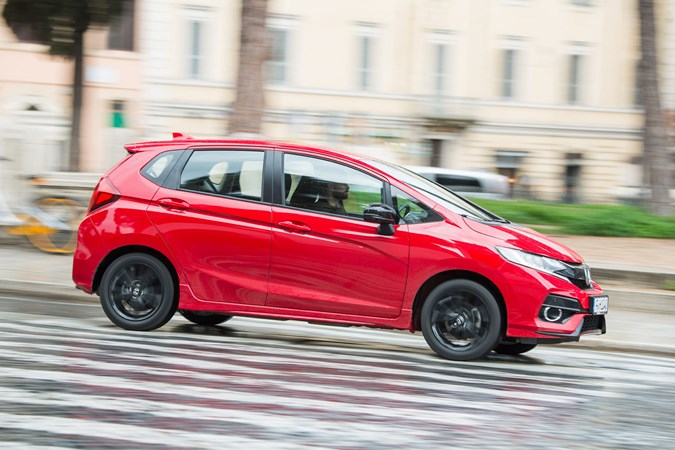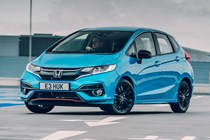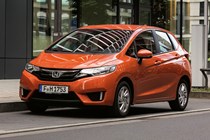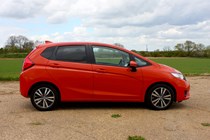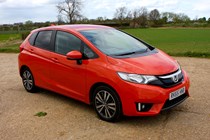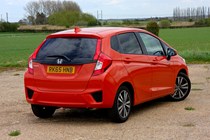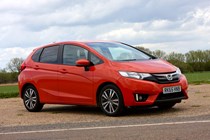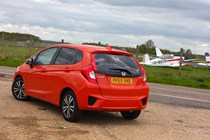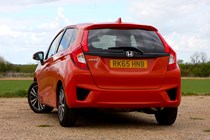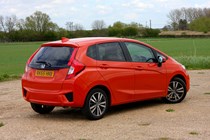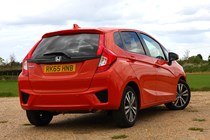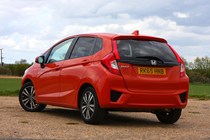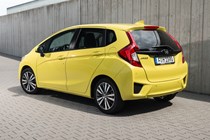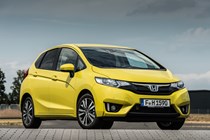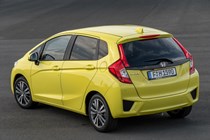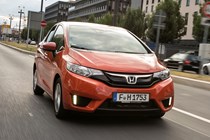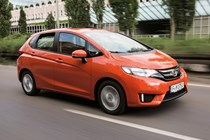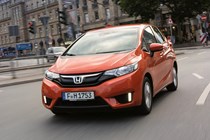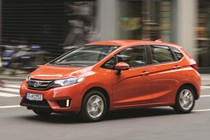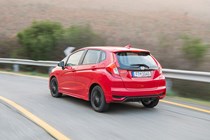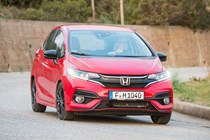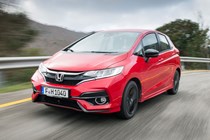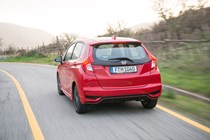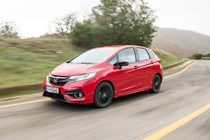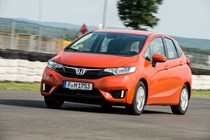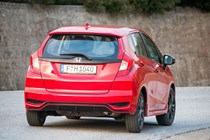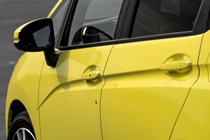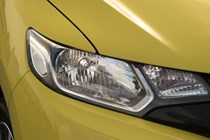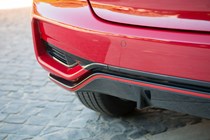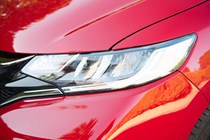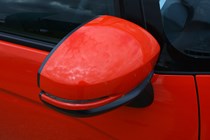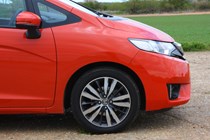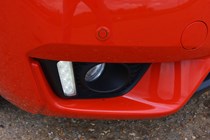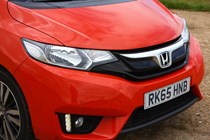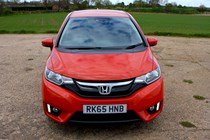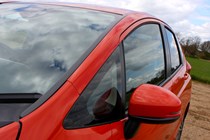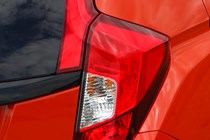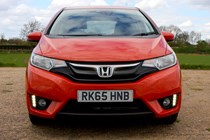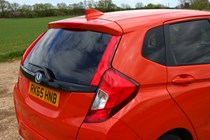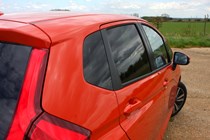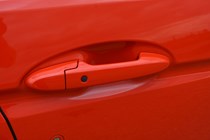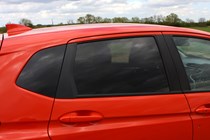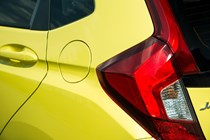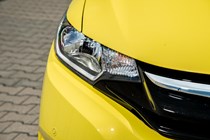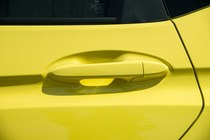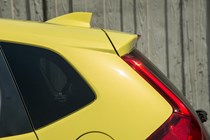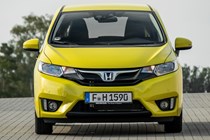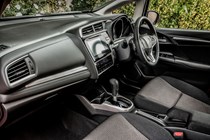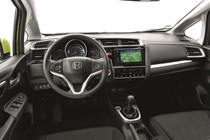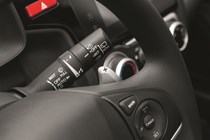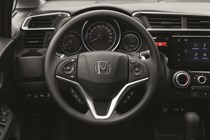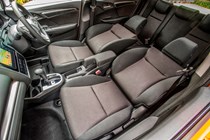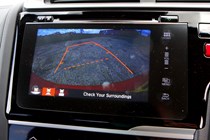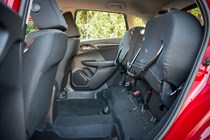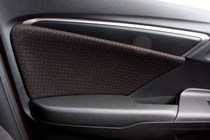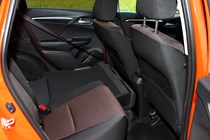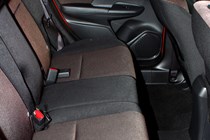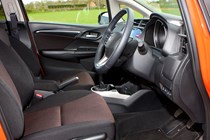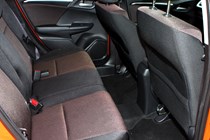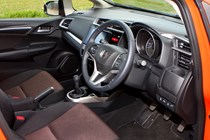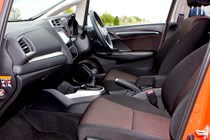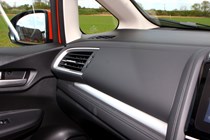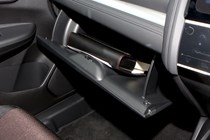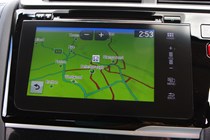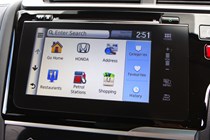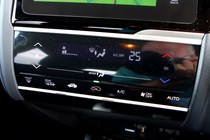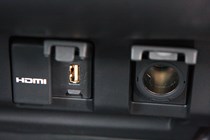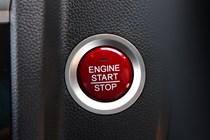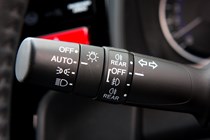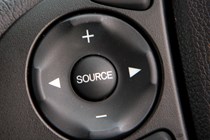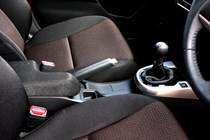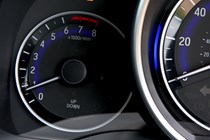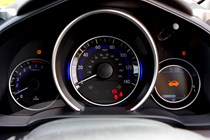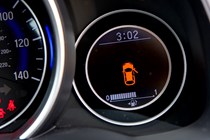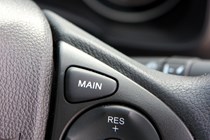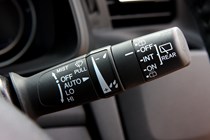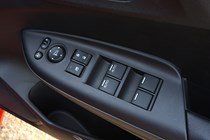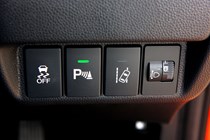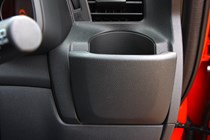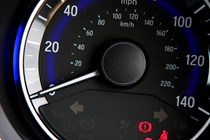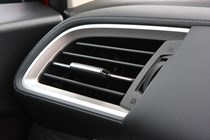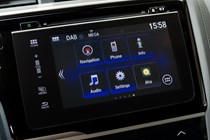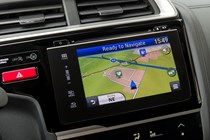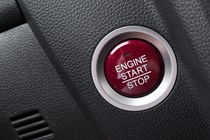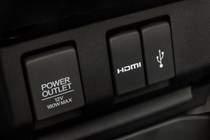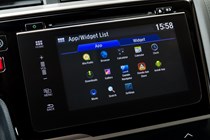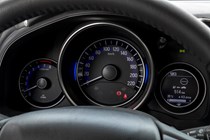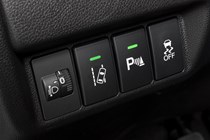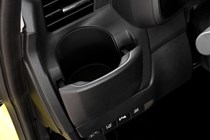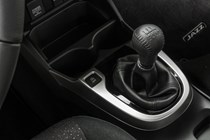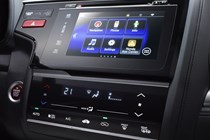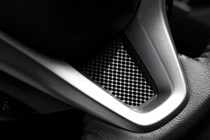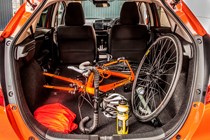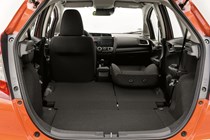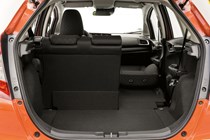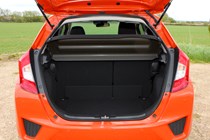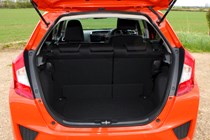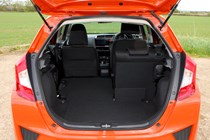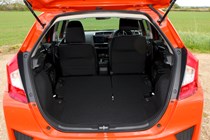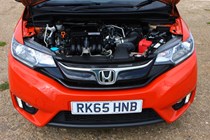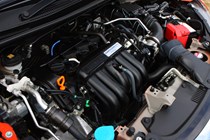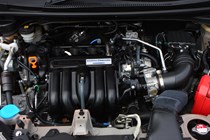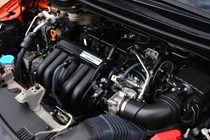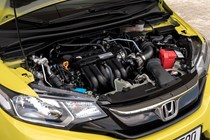
Honda Jazz Hatchback (2015-2020) engines, drive and performance
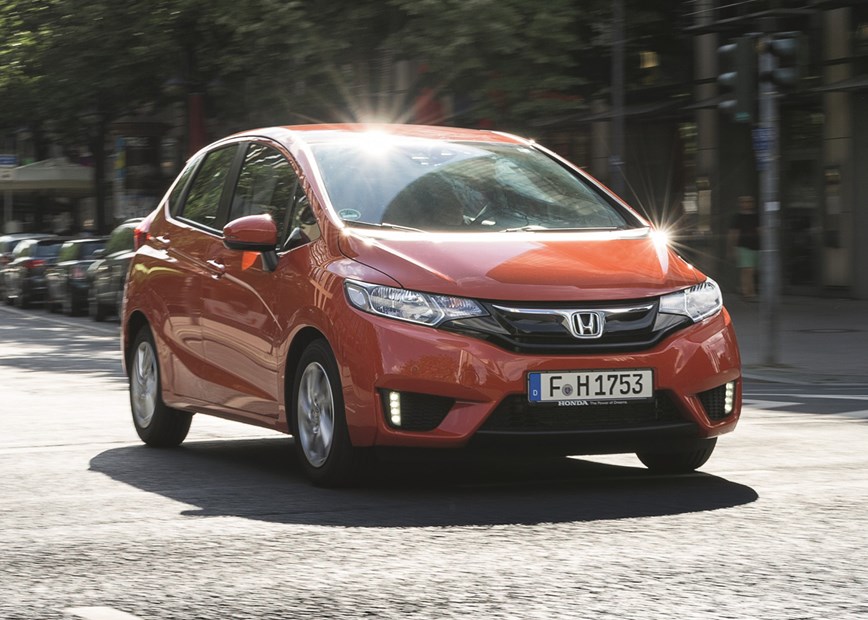
- Two petrol engines to choose between
- Performance isn’t scintillating
- Very easy to drive
Two engines provide the power in the Mk3 Jazz – a 1.3- or a 1.5-litre petrol. The 1.3-litre will suit most Jazz buyers’ needs down to the ground if you’re pootling about town with little urgency to get somewhere in a hurry.
With a 0-62mph time of 11.2 seconds from the 103hp and 123Nm of torque engine, you need to work it quite hard to make quicker progress, such as on motorway slip roads or pulling onto faster A- and B-roads. Higher revs are accompanied by plenty of noise coming from under the bonnet, whether it’s the six-speed manual or CVT you choose. Once you’re up to speed, though, things settle down and noise isn’t too intrusive. You’ll just have to carefully plan any overtaking manoeuvres if you’re regularly sitting on the motorway.
Providing more punch is the 130hp 1.5-litre petrol. Torque is still fairly restricted at 155Nm – turbocharged competitor cars feel punchier – but in-gear acceleration is strong and it feels a very willing performer.
The 0-62mph sprint takes 8.7 seconds with a manual gearbox, while the CVT takes a little longer, at 10.0 seconds. Engine noise makes its way into the cabin rather noticeably – it’s not the quietest engine out there when you’re pushing on.
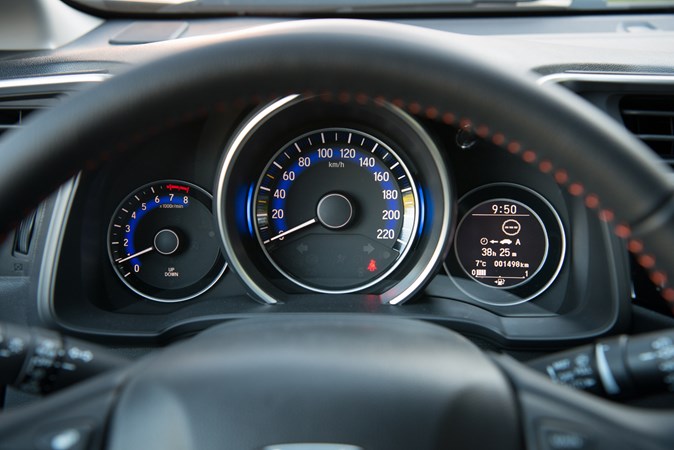
Two transmission options
The six-speed manual gearbox features a short and light throw on the gearshift, making it easy to use. The optional CVT automatic has been tuned for better fuel economy and driveability compared with the older generation, making it feel more like a manual box. It is the more efficient choice, offering 106g/km of CO2 and 61.4mpg for the 1.3-litre Jazz, but feels decidedly unhurried.
Planting your foot into the carpet results in an increase in revs but not much else, as this box reacts better to more measured inputs. As long as you’re not in a rush, it’s an easy thing to use. You can also select a manual mode and choose between simulated ratios with steering wheel mounted paddles.
We’d choose manual over CVT
If you need the automatic then the CVT is not a bad one, but we’d pick the manual due to its superb gearshift action and ease of use. The 1.5-litre Jazz Sport is punchy, but if you spend most of your time around town, the 1.3-litre is adequate enough and cheaper to buy in the first place.
Handling
- Handles better than you might expect
- Good steering and tidy body control
- Belies its taller body style
Honda tuned this Jazz specifically for European roads, meaning there was a focus on ensuring it rides well on our less-than-smooth surfaces. Overall, it’s best to describe the way the Jazz drives as composed. It’s not exciting by any stretch – although it is surprisingly nimble on a country road – but more than anything it’s very easy and simple to drive.
It’s not at the level of a Ford Fiesta or SEAT Ibiza for enjoyment, but it handles better than its tall sides lead you to expect and there’s a good amount of traction on offer in the corners. Add to that well-weighted steering and its more involving than you expect.
It can be upset by some rougher surfaces though. The ride never feels jarring, but examples with larger wheels can become unsettled when travelling over broken surfaces, making it feel fidgety. To help keep things pointed in the right direction Honda has employed an Agile Handling Assist system which can apply the brakes to the inner wheel in order to improve stability and cornering response in a bend too.
